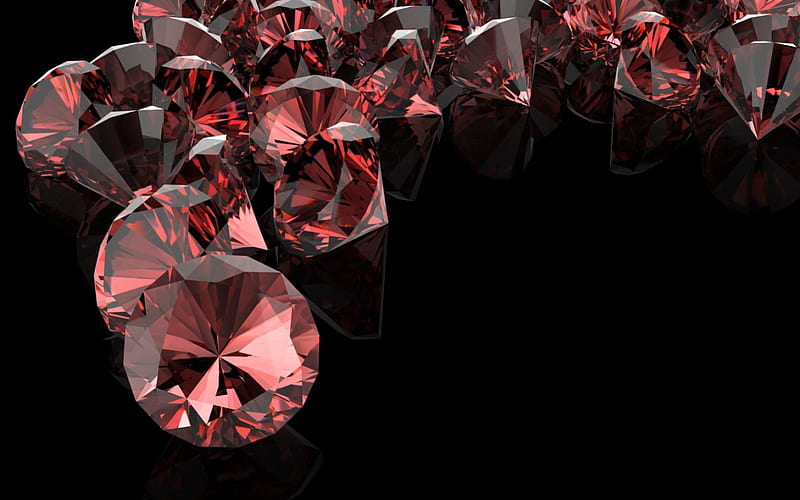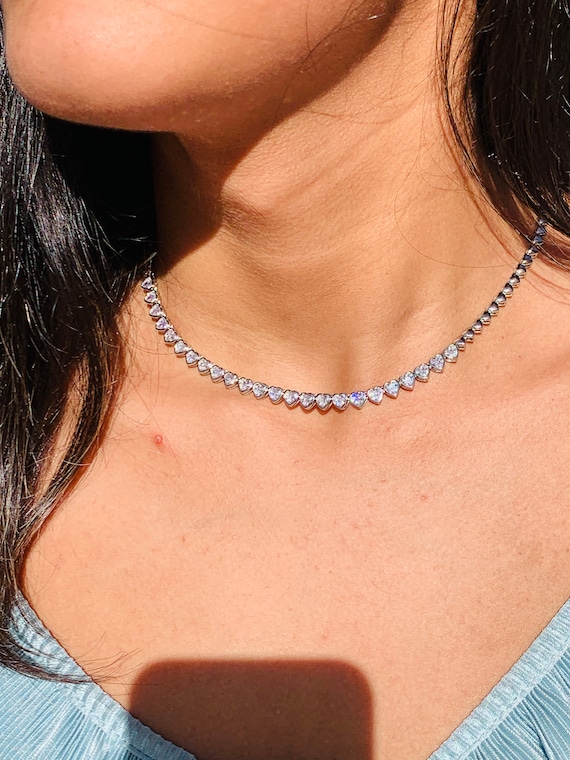Lab-Grown vs. Natural Diamond: A Comprehensive Comparison
When it comes to choosing a diamond for an engagement ring, wedding band, or any other piece of jewelry, many people are faced with the decision between a lab-grown diamond and a diamante de laboratorio vs natural. While both options offer stunning beauty and brilliance, they differ in various ways, including their origins, environmental impact, cost, and ethical considerations. Understanding the key differences between lab-grown and natural diamonds is essential in making an informed decision that aligns with your values and preferences. In this article, we will explore the differences between lab-grown vs. natural diamonds, their advantages, and how they compare in terms of quality and value.
What Are Lab-Grown Diamonds?
Lab-grown diamonds, also known as synthetic or man-made diamonds, are diamonds that are created in a laboratory environment using advanced technological processes. These diamonds have the same physical, chemical, and optical properties as natural diamonds, but their creation process is controlled and done in a lab, rather than being formed deep within the Earth over millions of years. Lab-grown diamonds are created using two main methods: High Pressure High Temperature (HPHT) and Chemical Vapor Deposition (CVD).
HPHT mimics the natural process of diamond formation by using high pressure and temperature to convert carbon into diamond crystals. On the other hand, the CVD process involves using a gas mixture to deposit carbon atoms onto a substrate, which eventually forms diamond crystals. While the process may differ, both methods result in diamonds that are virtually indistinguishable from their natural counterparts.
What Are Natural Diamonds?
Natural diamonds are formed deep within the Earth under extreme pressure and temperature conditions over millions of years. These diamonds are mined from the Earth’s crust, where they are found in volcanic pipes or kimberlite deposits. Natural diamonds are composed of pure carbon atoms that are arranged in a crystal lattice structure. The unique conditions under which natural diamonds are formed give each one a distinct character, making them one of the most valuable and coveted gemstones in the world.
Unlike lab-grown diamonds, which are produced in a controlled environment, natural diamonds have a rich history and are often considered a symbol of timeless beauty and rarity. The process of mining natural diamonds can be complex, costly, and environmentally impactful, which is why many consumers are now considering alternatives like lab-grown diamonds.
Lab-Grown vs. Natural Diamond: Key Differences
While lab-grown diamonds and natural diamonds share the same physical properties, such as hardness, brilliance, and fire, there are key differences that set them apart. One of the most significant differences is their origin. Natural diamonds are formed through geological processes over millions of years, while lab-grown diamonds are created in a matter of weeks or months in a lab. This difference in origin leads to variations in their cost, environmental impact, and the ethical considerations surrounding their production.
Another major difference between lab-grown and natural diamonds is the price. Lab-grown diamonds are generally more affordable than natural diamonds. Since they are produced in a lab, they do not have the same rarity and demand associated with natural diamonds, which often results in lower prices. On average, lab-grown diamonds can cost up to 30% less than their natural counterparts, making them a popular option for those seeking a larger diamond or a more budget-friendly choice.
Cost of Lab-Grown vs. Natural Diamond
One of the most compelling reasons people choose lab-grown diamonds over natural diamonds is the significant price difference. The cost of a natural diamond is influenced by various factors, such as its rarity, size, and the complexity of the mining process. Natural diamonds are finite resources, and the difficulty in obtaining them contributes to their higher price.
In contrast, lab-grown diamonds are created in controlled environments, which eliminates the need for expensive mining operations. This controlled production process allows lab-grown diamonds to be sold at a lower price point while maintaining the same physical and optical characteristics as natural diamonds. As a result, consumers can purchase a larger or higher-quality diamond for the same price as a smaller natural diamond.
Environmental and Ethical Impact of Lab-Grown vs. Natural Diamond
When comparing lab-grown vs. natural diamonds, one of the most important considerations for many buyers is the environmental and ethical impact of diamond production. Natural diamond mining has long been associated with significant environmental destruction, including deforestation, habitat destruction, and the disruption of ecosystems. Additionally, some diamond mines have been linked to unethical labor practices, including the exploitation of workers in certain regions.
Lab-grown diamonds, on the other hand, have a much lower environmental impact. Since they are created in a lab rather than mined from the Earth, they do not contribute to the destruction of natural habitats or ecosystems. Additionally, many lab-grown diamond manufacturers are committed to ethical practices, ensuring that their production processes are environmentally friendly and free from exploitation.
For consumers concerned about the ethical implications of their diamond purchase, lab-grown diamonds offer an attractive alternative to natural diamonds. Lab-grown diamonds are often seen as a more sustainable and responsible choice, especially for those who wish to avoid supporting the negative practices sometimes associated with diamond mining.
The Quality of Lab-Grown vs. Natural Diamonds
When it comes to quality, both lab-grown and natural diamonds are virtually identical. Lab-grown diamonds have the same chemical composition and crystal structure as natural diamonds, meaning they possess the same hardness, brilliance, and fire. In fact, it is impossible to visually distinguish a lab-grown diamond from a natural one without the use of specialized equipment.
Both types of diamonds are graded using the Four Cs—cut, color, clarity, and carat weight. Whether you choose a lab-grown or natural diamond, the quality will depend on these factors. Lab-grown diamonds can be created with excellent clarity and color, and they come in a wide range of cuts to suit individual preferences. Natural diamonds, however, may have inclusions or color variations due to the long and natural formation process they undergo deep within the Earth.
The Value of Lab-Grown vs. Natural Diamonds
While lab-grown diamonds are more affordable than natural diamonds, their value can differ over time. Natural diamonds are considered a finite resource, and their value can increase over time due to their rarity. In contrast, lab diamonds are not as rare, and their value may not appreciate in the same way that natural diamonds do. However, this does not diminish the beauty or quality of a lab-grown diamond, and many buyers choose them for their immediate value and lower cost.
For those seeking a high-quality diamond at a lower price point, a lab-grown diamond is an excellent option. While it may not appreciate in value over time in the same way a natural diamond might, it still offers a stunning and durable gemstone that will last a lifetime.
Conclusion: Lab-Grown vs. Natural Diamond
Ultimately, the choice between lab-grown and natural diamonds depends on personal preferences, budget, and values. Both options offer exceptional beauty, brilliance, and durability, and both can serve as a lasting symbol of love and commitment. Lab-grown diamonds offer a more affordable and environmentally friendly alternative, while natural diamonds carry a sense of rarity and tradition.
Whether you choose a lab-grown or natural diamond, both will hold immense significance as a symbol of love and devotion. By considering factors such as price, ethical considerations, and long-term value, you can make an informed decision that suits your lifestyle and beliefs. Regardless of which type of diamond you choose, both options offer a timeless and beautiful way to celebrate life’s most important moments.






